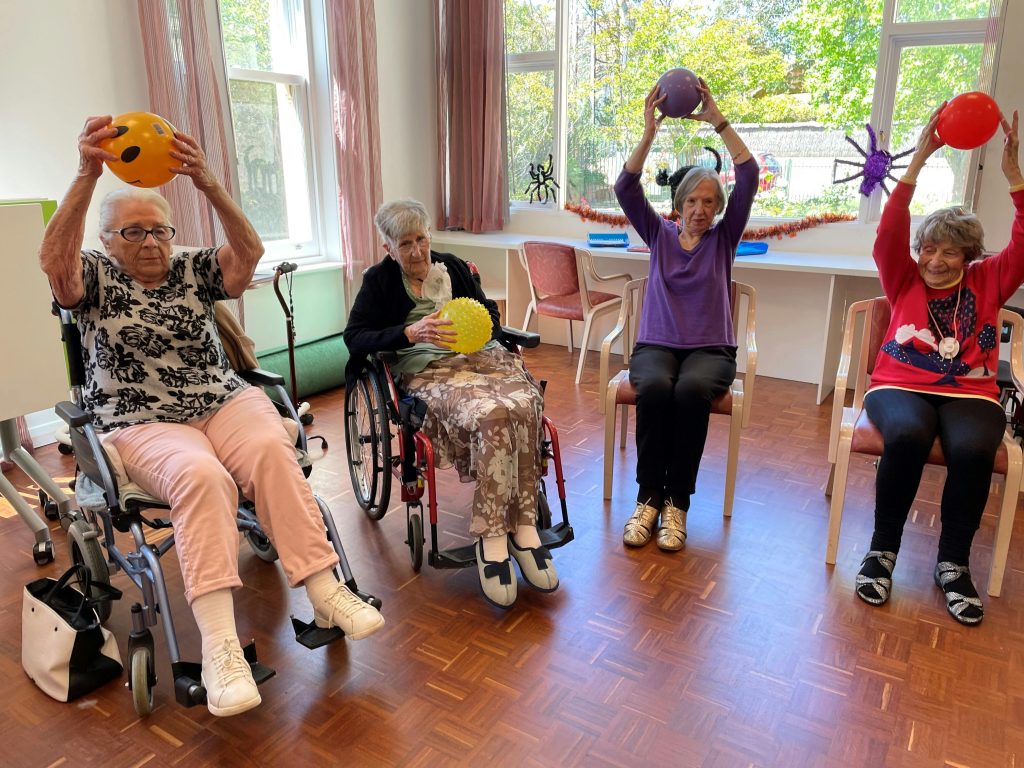One common concern that administrators and staff often encounter is the issue of inquiries or potential residents not being the right fit for the facility. This concern can arise due to various factors, including mismatches in care needs, lifestyle preferences, or compatibility with the facility’s culture. Addressing these concerns effectively requires a proactive and empathetic approach, focusing on transparency, communication, and personalized care solutions.
I. Understanding the Concerns
A. Reasons for Mismatches
1. Care Needs Discrepancies
- Medical Requirements: Differences in medical conditions or care needs may pose challenges for the facility in providing appropriate care.
- Level of Assistance: Some potential residents may require a higher level of assistance than what the facility can offer.
2. Lifestyle Preferences
- Social Activities: Preferences for specific social activities or engagement levels may not align with the facility’s offerings.
- Dietary Restrictions: Dietary preferences or restrictions may not be accommodated by the facility’s dining options.
3. Compatibility with Facility Culture
- Community Dynamics: Potential residents may not resonate with the existing community dynamics or culture of the facility.
- Values and Beliefs: Misalignments in values or beliefs between the resident and the facility’s ethos may lead to discomfort.
II. Proactive Strategies for Addressing Concerns
A. Transparent Communication
1. Initial Screening Process
- Detailed Questionnaires: Implement comprehensive questionnaires to assess potential residents’ care needs, preferences, and expectations.
- Open Discussions: Conduct transparent discussions with potential residents and their families about the facility’s offerings and limitations.
2. Facility Tours and Orientation
- Virtual Tours: Offer virtual tours to provide potential residents with a realistic view of the facility and its amenities.
- Orientation Sessions: Organize orientation sessions to familiarize potential residents with the facility’s routines, activities, and staff members.
B. Personalized Care Solutions
1. Individualized Care Plans
- Assessment Protocols: Develop personalized care plans based on thorough assessments of each potential resident’s needs and preferences.
- Flexibility: Maintain flexibility in care delivery to accommodate individual preferences and evolving needs over time.
2. Collaborative Decision-Making
- Involvement of Residents and Families: Encourage active participation of potential residents and their families in decision-making processes related to care planning.
- Regular Reviews: Conduct regular reviews of care plans to ensure alignment with residents’ evolving preferences and requirements.
III. Mitigating Risks and Ensuring Compatibility
A. Risk Assessment
1. Medical Evaluation
- Consultation with Healthcare Professionals: Seek input from healthcare professionals to assess potential residents’ medical conditions and care needs.
- Review of Medical History: Conduct a comprehensive review of medical history to identify any potential risks or contraindications.
2. Behavioral Assessment
- Observational Period: Consider implementing an observational period to assess potential residents’ behavior and compatibility with the facility’s environment.
- Consultation with Behavioral Specialists: Seek guidance from behavioral specialists to evaluate potential residents’ suitability for the facility.
B. Continuous Improvement and Feedback Mechanisms
1. Resident Satisfaction Surveys
- Regular Surveys: Administer satisfaction surveys to residents to gather feedback on their experiences and identify areas for improvement.
- Anonymous Feedback Channels: Offer anonymous feedback channels to encourage honest and candid responses from residents.
2. Staff Training and Development
- Empathy Training: Provide training sessions for staff members to enhance their empathy and communication skills in addressing residents’ concerns.
- Continuous Education: Offer ongoing education and development opportunities for staff to stay updated on best practices in resident care.
IV. Conclusion
Addressing concerns about inquiries or potential residents not being the right fit requires a multifaceted approach that prioritizes transparency, communication, and personalized care solutions. By understanding the reasons for mismatches, implementing proactive strategies for assessment and mitigation, and fostering continuous improvement through feedback mechanisms, assisted living facilities can create an environment where both residents and the facility thrive. With a commitment to empathy, collaboration, and excellence in care delivery, facilities can navigate challenges effectively and ensure that every resident finds a place where they feel truly at home.



